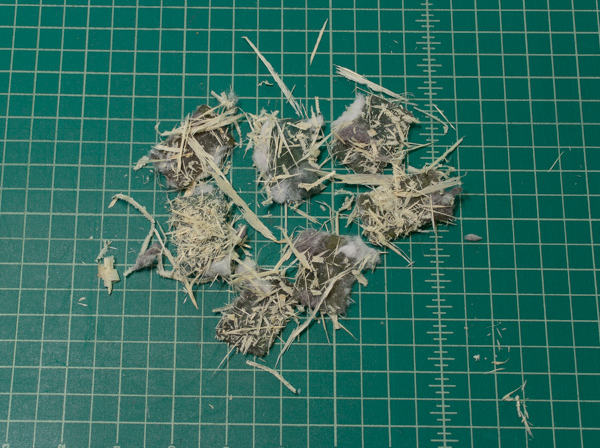
Moongels are awesome products for damping the resonant ringing on drums. The downside is that they are surprisingly expensive (about $2usd each pad) and drums are a dirty environment. The stickiness of them deteriorates over time and they lose their usefulness.
Recently I was cleaning my moongels, which I’ve been using for about 16 years, and I thought, “I wonder how other people do this?”. It turns out that I could find no information on that. Since I think 16 years is a pretty good run with the same set of moongels, perhaps my method is sufficient.
So in this post I’m going to help you find alternatives to Moongels and show you how to clean moongels to a like-new state so that they can be re-used time and time again.
p.s. This whole process works great on polyurethane and silocone Nipple Covers. The sort of thing women use for modesty or anyone uses to avoid chaffing. Just substitute ‘moongel’ for ‘nipple cover’ and you’re in business. It works great on both.
Contents
- Supplies
- Alternatives
- The mess
- Really, it’s screwed.
- Pre-treat
- Rub
- Simple Green, the sticky secret
- Rinse
- Dry
- Conclusion
- Support Me!
Supplies
You will need:
- Dish soap - I prefer Dawn dish soap. Mrs. Meyer’s Clean Day also works extremely well.
- Simple Green
- Saran wrap or some generic plastic wrap
- A cutting board or baking sheet
- A bowl
- Moongels
Alternatives
Moongels, and nipple covers, are a polyurethane gel. You don’t need to purchase the Moongel product specifically.
Simply go on google and search for Polyurethane gel stick or Gel Cling or Window Gel Sticker or… anything like that. MAKE SURE YOU GET POLYURETHANE GEL clings. There are vinyl products which are not as useful for drums, especially on coated drumheads.
These products all function very similarly, but it can be a crapshoot. Some of the window clings are awful. The rtom moongels are always awesome.
If you do decide to purchase an alternative product as a nipple cover, then send pictures I hope you have fun with that.
The mess
My moongels are clean right now. I was cleaning them when I thought of writing this post, so in order to demonstrate how to clean the product I must first make them dirty.
I figure that a drum environment is basically dust, wood chips and body fluids. So I’m going to go for a jog, rub these things on my arm pits and throw them in a bag of wood chips and drier lint.
Hopefully that’s dirty enough for you, and I’ll spare you the sweaty image.
Really, it’s screwed.
These things won’t stick to anything. Lint, sweat and sawdust. Basically ruined… maybe. Let’s see.
Pre-treat
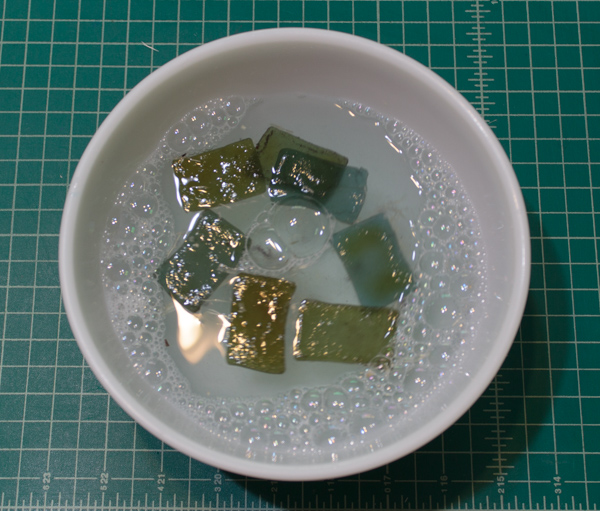
Pre-treat is easy. A bowl of warm water (about 110°f/43°c) with 3-4 drops of soap.
Let the moongels sit in the water until the water is about room temperature, and occasionally smush them together until then.
Rub
Put some dish soap in your hands, grab the moongels and under the warmest water you can handle; rub them together vigorously. Smush, rub, smush, rub.
At this point the moongels will look pretty clean and they will work ok-ish, sorta. They won’t be nearly as sticky as they could be. We need to do one more major step to help them get their true super-stickiness.
Simple Green, the sticky secret
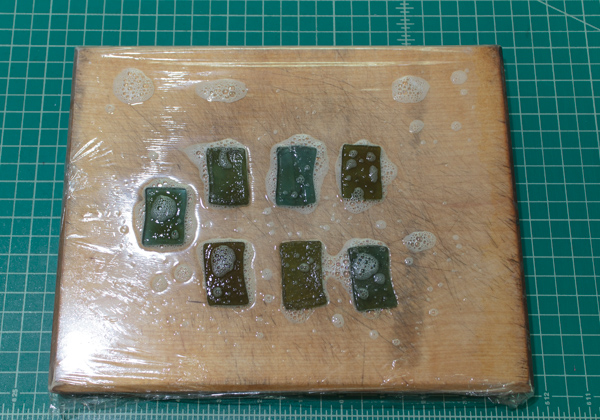
This is where the plastic wrap and cutting board come in to play. Cover your cutting board or cookie sheet with some plastic wrap then spray some simple green on it.
Now throw gently place your moongels on it, then spray some more simple green on them.
Let the product rest in the simple green for 5-10 minutes. Don’t let the simple green dry totally. Re-apply it every ~10 minutes for about 3 times if you want. One treatment is enough usually.
This is the step that really helps restore the stickiness of the product.
Rinse
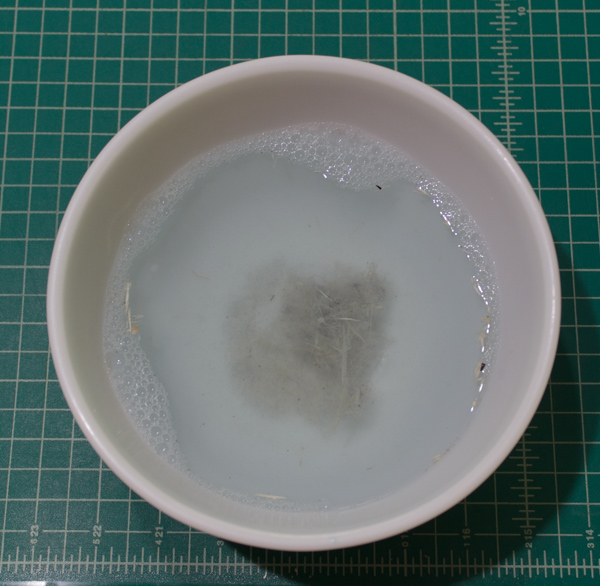
Rub/smush them moongels under the warmest water that you can safely tolerate. Just water this time.
You can re-soak them in soap if you want, but the last step before drying must always be simple green!
Dry
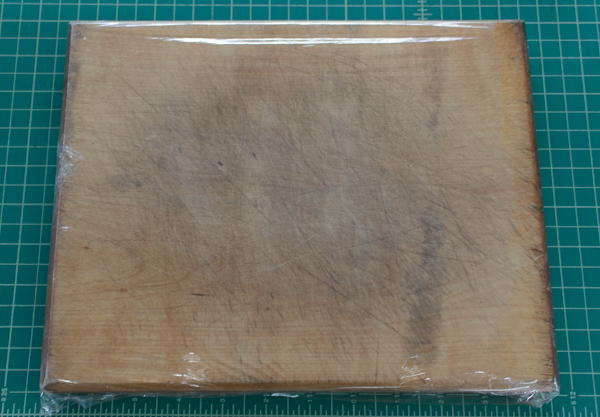
First, re-wrap your cutting board or cookie sheet with a new piece of plastic wrap.
Put your clean moongels on the new plastic wrap and let them sit there for about an hour. They will be super sticky once again and ready to place wherever you need, even on the resonant side of a drum head.
Conclusion
I’m sure this seems like a lot of work, but it’s really only about 10 minutes of doing stuff and ~2 hours of waiting around. I’ve been using the same moongels on my drumset, including touring, for about 16 years now and this procedure has always resulted in like-new moongels.
Of course it also works on whatever generic products you decide to buy as well. I’ve tried it on window clings and a big pad of polyurethane gel that I cut to size myself.
Best of luck! Let me know if you found this useful.
Support Me!
This post took 16 years to test and 4 hours to research, photograph, write and edit. If you appreciate the information presented then please consider joining patreon or donating!